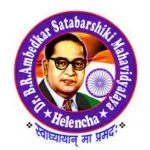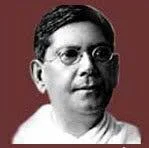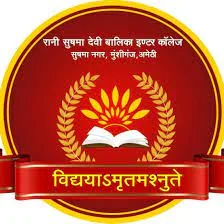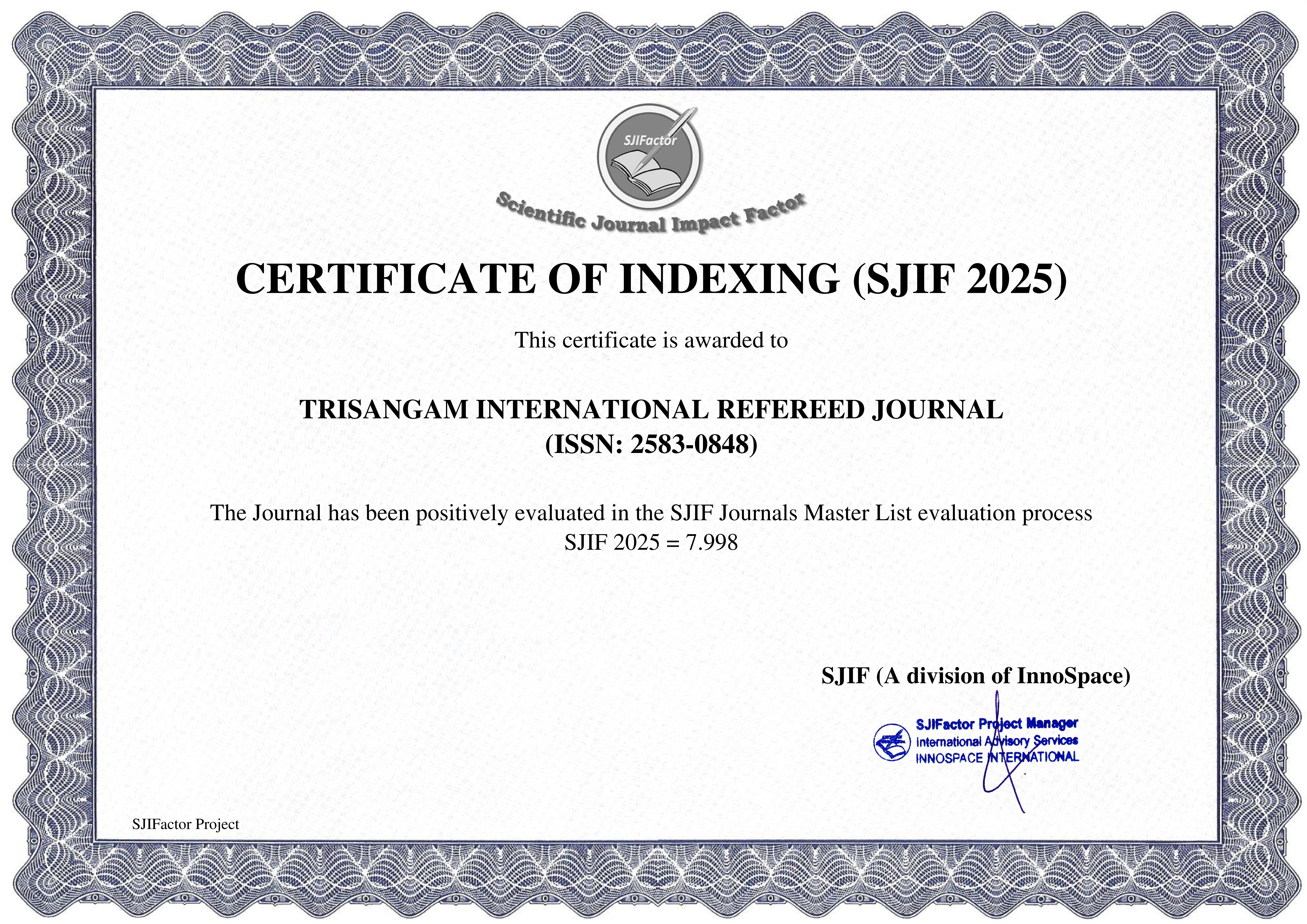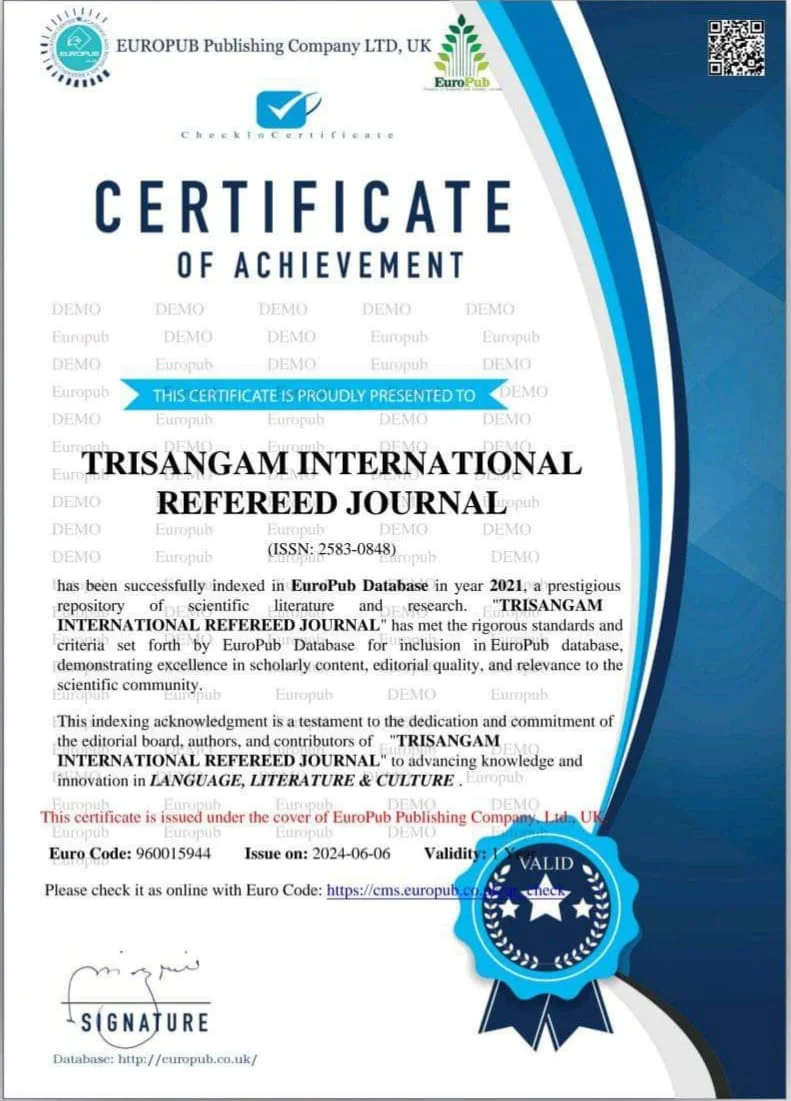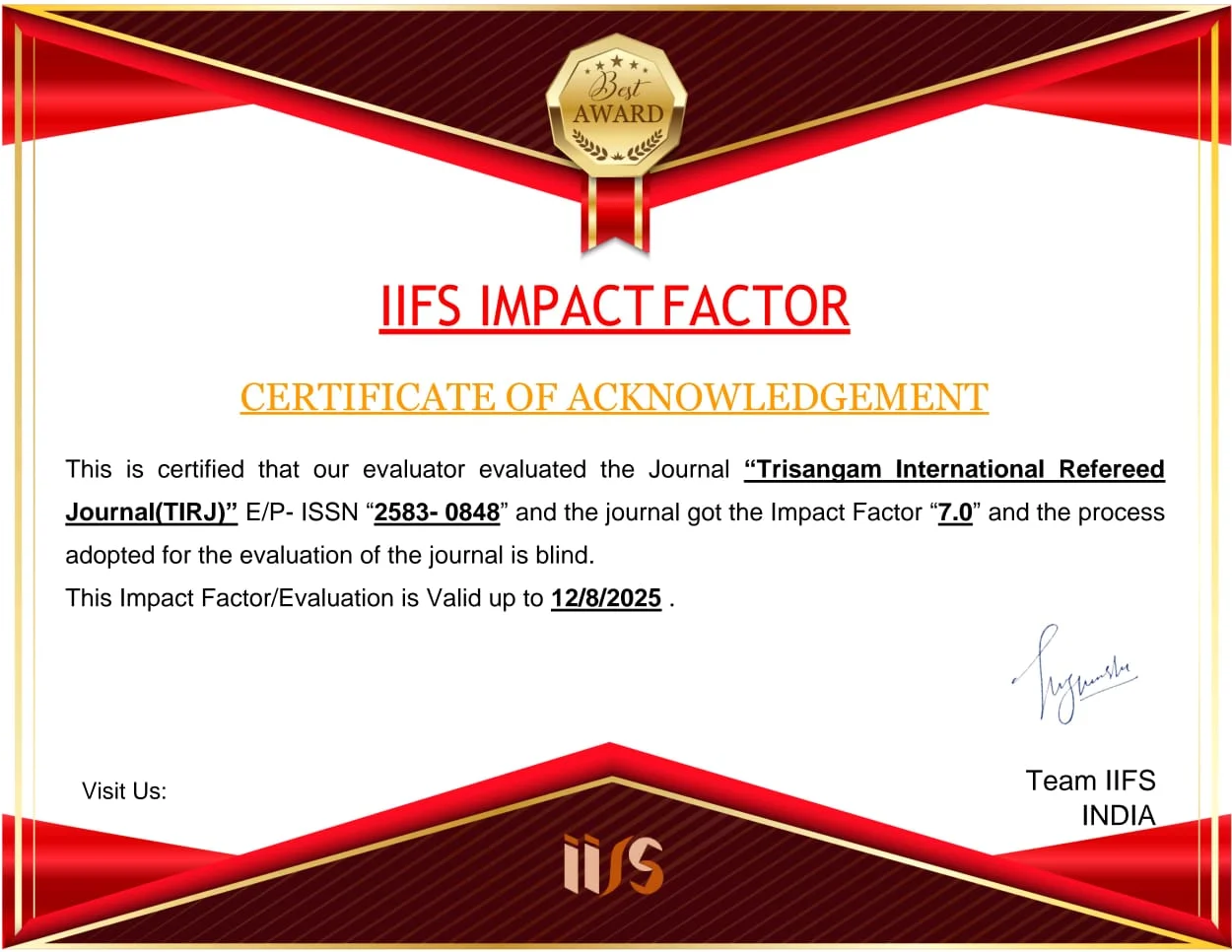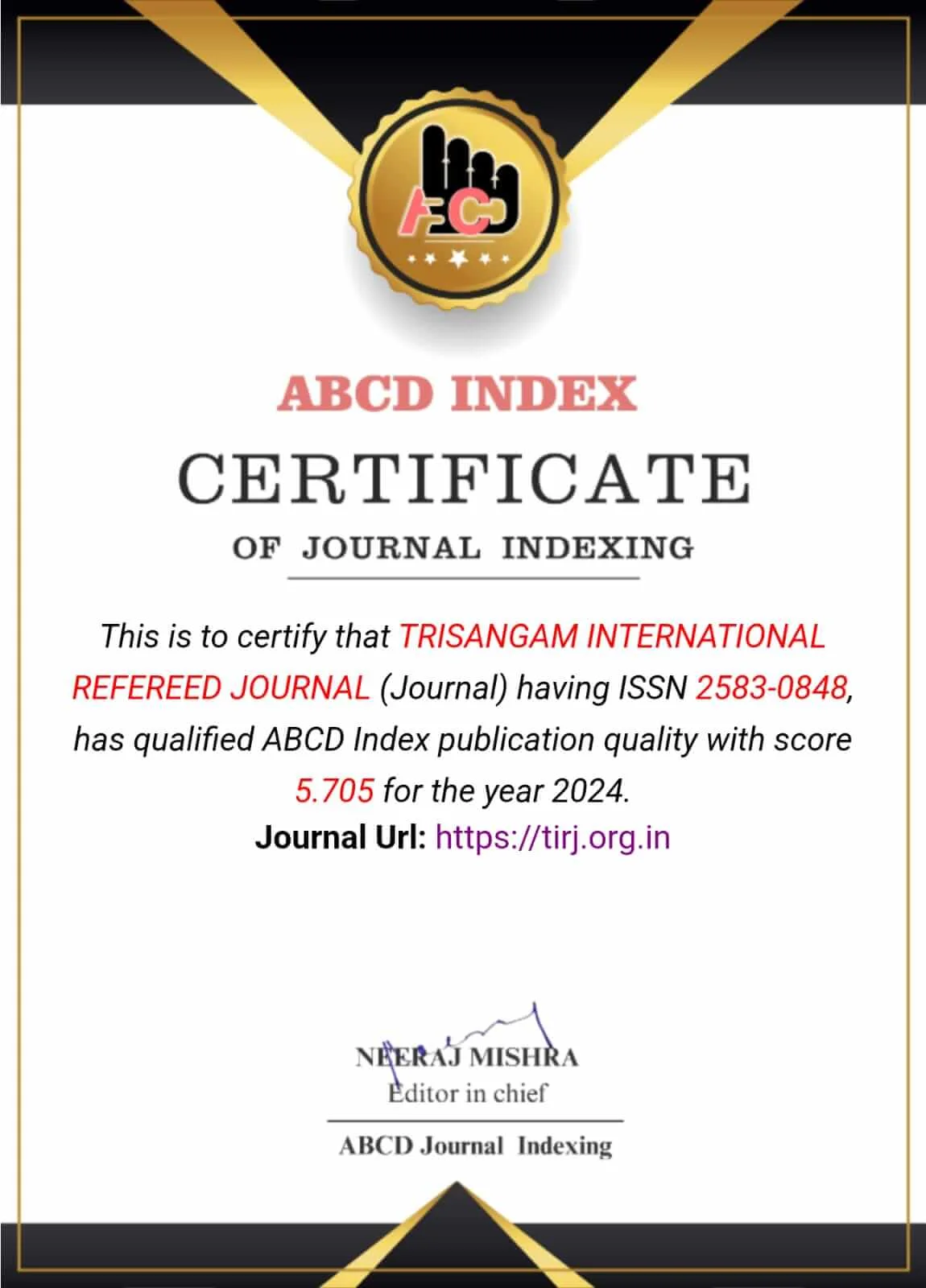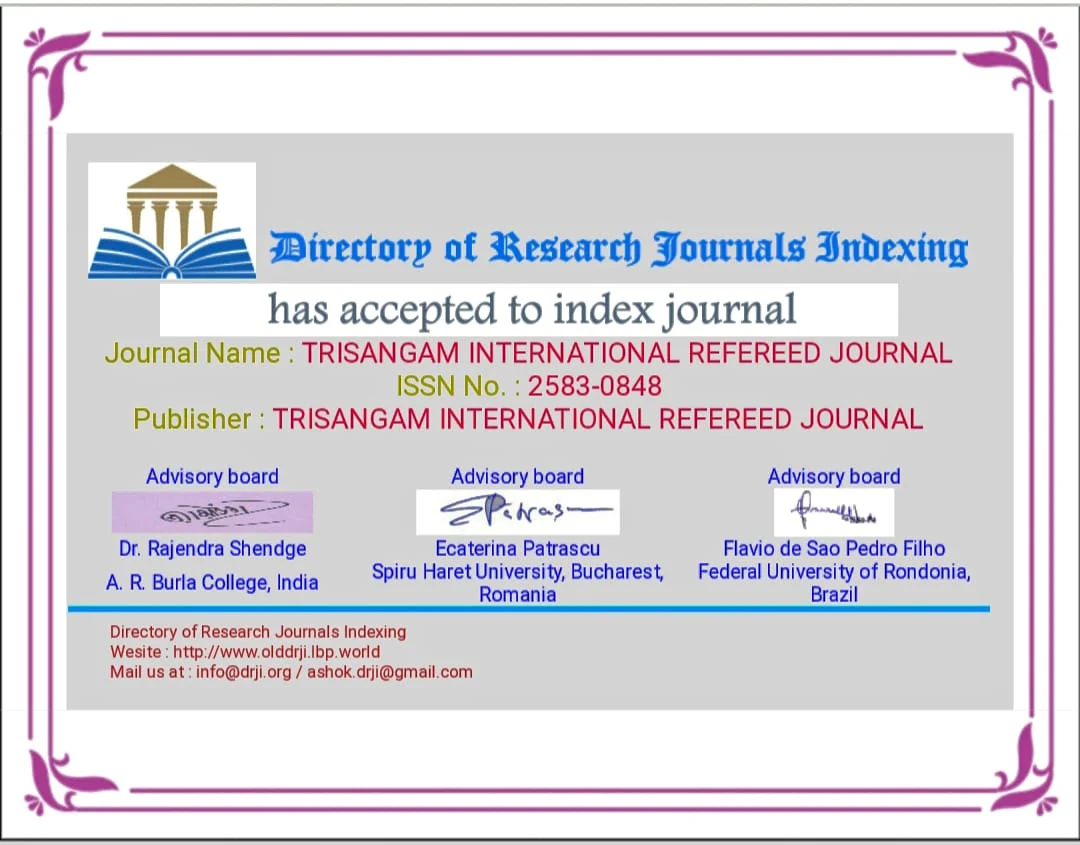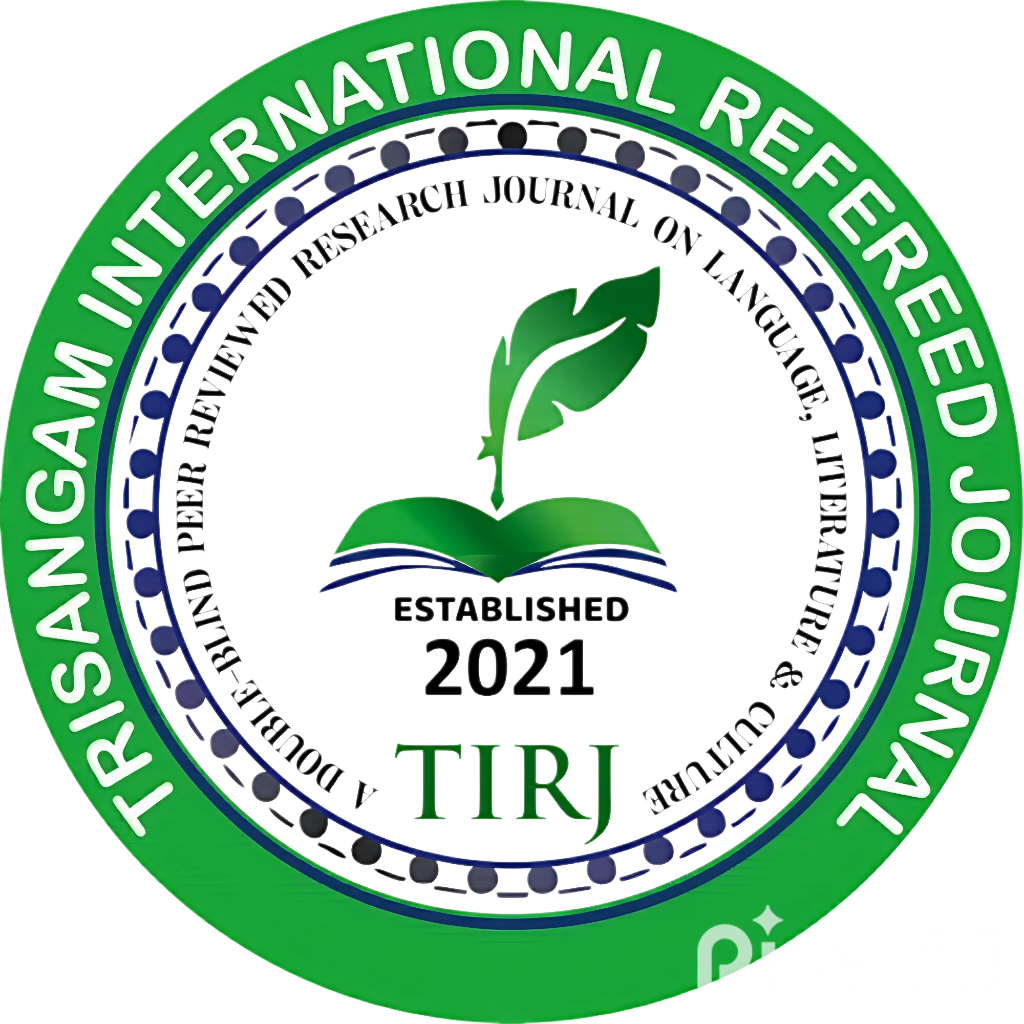
- Editor in Chief: Prof. Dipak Kumar Roy
- Editor: Dr. Prasenjit Roy
- Frequency: Quarterly
- ISSN (online): 2583-0848
- SJIF Impact Factor: 7.998
- IIFS Impact Factor: 7.0
- Subject: Language, Literature, Culture, Arts and Humanities, Sociolinguistics, Comparative literature, Folk literature, Tradition & Culture.
- Publisher: Trisangam international refereed journal
- Starting Year: 2021
- Language: Bengali
- Publication Format: Online
- Email: editor@tirj.org.in
- Editorial Office: Near NBU Campus, Siliguri, Darjeeling, pin 734011
TIRJ covers:
Read more subjects
Ready to submit? Start a new submission or continue a submission in progress

Welcome
Trisangam is an International Double-Blind Peer Reviewed (refereed) Research journal on Language, Literature and Culture. Four issues are published annually. To the serious readers the trisangam is highly adorned as a journal of research in the field of social, cultural, anthropological, literary, language’s and other’s aspects of Northern and North-East Region. The pointed attention is given by the journal to unfold to open up the rich resources of the West Bengal, North – East India and Neighbouring area to the great mass readers interact in the subjects. Journal DOI No : http://doi.one/10.1750/TIRJ. For more details, Visit our Website – https://tirj.org.in/tirj/about

Open Access Policy
All the Published articles of Trisangam International Refereed Journal (TIRJ) are available Worldwide under the Open Access Policy. As per the Budapest Open Access Initiative, Readers can Directly Access Published articles without paying any subscription or access fees. Readers are allowed to read, download, copy and distribute the full text of all published articles, and readers can utilize the published article for Non-Commercial Purpose.

Why Authors Choose TIRJ
- Easy online submission
- Effective Editorial Standards
- Excellent Peer Review Process
- Provides Review Report within 48 hours
- Publication within 7 Days after Registration
- Fee is very Low 1000 INR
- Appropriate Email Notification
- International Quality and Standards
- Each Published Article is Assigned with a unique DOI
- Hard Copy of Publication Certificate Upon Author Request

Submission of Article:
Authors can submit their manuscripts by online submission. If any difficulty during the online submission, please submit your manuscript to trisangamirj@gmail.com/ tirj.org.in@gmail.com
Our Certifications
Current Issue :- Vol. 5 No. 4 (2025)


















